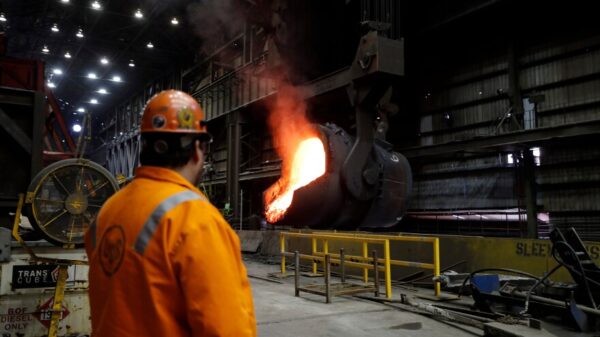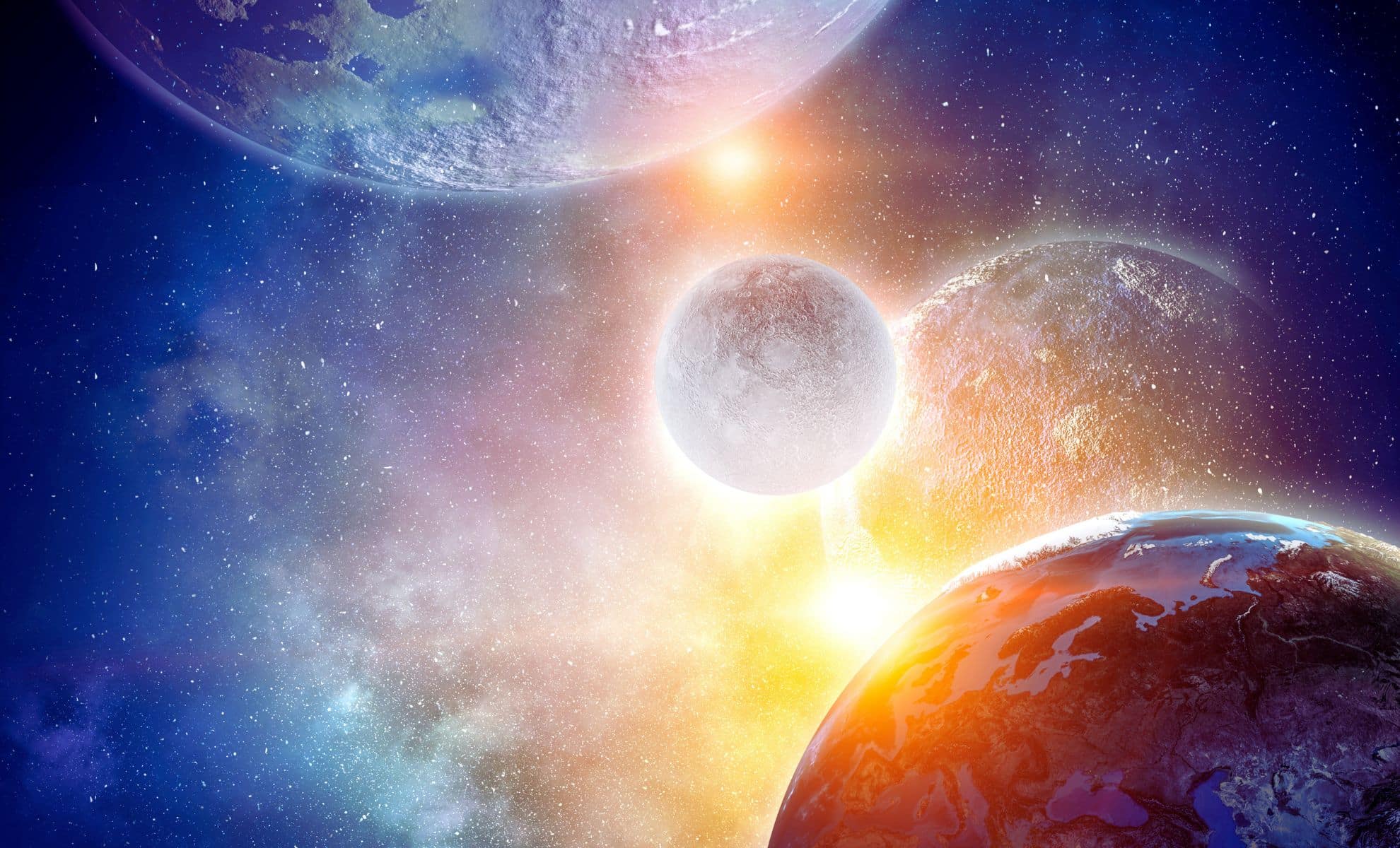Did light shine in the universe’s earliest moments, or was it hidden from view? While this question may appear straightforward, a recent article by Live Science reveals a far more intricate reality. Photons, the particles that constitute light, existed from the universe’s inception, immediately after the Big Bang. However, they were initially trapped in a dense and hot environment. It would take hundreds of thousands of years for these photons to break free from their cosmic confinement. The journey of light through the universe’s early stages is a compelling story of rapid expansion, cooling, and cosmic evolution, ultimately shaping the vast and structured universe we observe today.
The Early Universe: A Hot, Dense Soup
Following the Big Bang, space itself expanded rapidly, carrying energy and matter across the cosmos. Andrew Layden, chair of physics and astronomy at Bowling Green State University, explains the enormity of this event: “With the Big Bang, space was created and expanded, along with everything in the universe.” In this violent expansion, the universe was overwhelmingly hot, filled with particles moving at incredible speeds. Initially, photons existed in this early universe, but they could not travel freely. This is because the universe was so dense that it acted like a fog, with electrons scattering freely and obstructing light’s journey.
Layden likens this to fog and dew: “Think of fog and dew. Particles in a high-energy state are dispersed like water in fog, and when the energy gets low enough, they can condense out like droplets of dew.” This analogy helps us understand how particles, such as electrons and protons, existed in a high-energy state and how, as the universe cooled, they gradually allowed light to travel without obstruction. The early universe was a “dense soup,” where light was constantly colliding with free-moving electrons, preventing it from traveling far.
Recombination: The Moment Light Was Free
Around 380,000 years after the Big Bang, the universe began to cool. This cooling allowed atomic nuclei and electrons to bond together, a process known as “recombination.” The universe’s temperature dropped enough for electrons to form stable orbits around atomic nuclei, which meant that the soup of free electrons dispersed throughout the early universe began to clear.
“Electrons were moving too fast for atomic nuclei to hold them in orbit around them,” Layden explains. With the reduction in temperature, the free electrons were no longer able to scatter photons. As a result, the first photons in the universe were finally able to escape, marking the first time that light could travel freely. This marked the end of the “opaque” era of the universe and the beginning of an era where light could propagate across space.
Cosmic Microwave Background: The Universe’s First Light
The photons that were freed at this moment became what we now detect as the cosmic microwave background (CMB) radiation. The CMB is the leftover radiation from the Big Bang, and it provides us with a snapshot of the early universe. When the universe cooled enough for light to travel freely, it emitted radiation in the infrared to visible wavelengths. Over billions of years, as the universe expanded, this radiation stretched to longer wavelengths, becoming the microwave background we observe today.
The CMB is vital for modern cosmology. It is one of the most important pieces of evidence that supports the Big Bang theory. By studying the CMB, scientists can gain insight into the universe’s early conditions, its rate of expansion, and the distribution of matter across vast distances. This faint radiation provides a blueprint of the universe as it existed when it was only a few hundred thousand years old, offering a window into the universe’s birth and growth.
The Cosmic Dark Ages and the Birth of Stars
After the release of the first light, the universe entered a period known as the cosmic dark ages, which lasted for millions of years. During this period, the universe was filled with gas, but no stars or galaxies had yet formed. It wasn’t until gravity began to act on these gas clouds that the first stars were born. The gravitational pull of gas clouds led them to collapse and form the first generation of stars. By about one billion years after the Big Bang, galaxies filled with stars began to emerge, marking the beginning of the “cosmic dawn.”
The formation of stars was a pivotal moment in the evolution of the universe, leading to the formation of galaxies and the development of complex structures. These early stars not only provided light to the universe but also began the process of synthesizing heavier elements, setting the stage for the creation of planets, moons, and ultimately life as we know it.
Insights from the Sun and Other Cosmic Phenomena
To understand the process that kept light trapped in the early universe, we can compare it to what happens inside our Sun. As Srinivasan Raghunathan, a cosmologist at the University of Illinois, Urbana-Champaign, explains, light created by nuclear reactions at the Sun’s core has a difficult time escaping. “You can imagine a photon of light created by nuclear reactions at the center of the sun trying to come out to the sun’s surface,” he said. The Sun’s core is so hot and filled with free electrons that light cannot travel in straight lines. It takes millions of years for light to reach the surface, as it constantly collides with particles along the way.
This phenomenon mirrors the early universe, where light could not escape its dense environment. Just like the photons in the Sun’s core, the photons of the early universe were trapped in a chaotic, hot environment. It wasn’t until the universe cooled and particles began to form stable atoms that light could finally travel freely.
The journey of light from its initial entrapment to its eventual freedom is not just a tale of cosmic evolution but a fundamental chapter in understanding the universe’s history. As scientists continue to study the cosmic microwave background and other phenomena, they unravel more secrets of the universe’s infancy, offering insights that could redefine our understanding of the cosmos.




































































